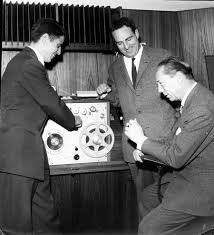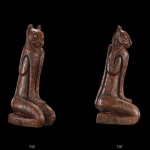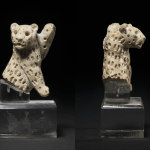The Blattnerphone: A Pioneer in Magnetic Recording (1924)
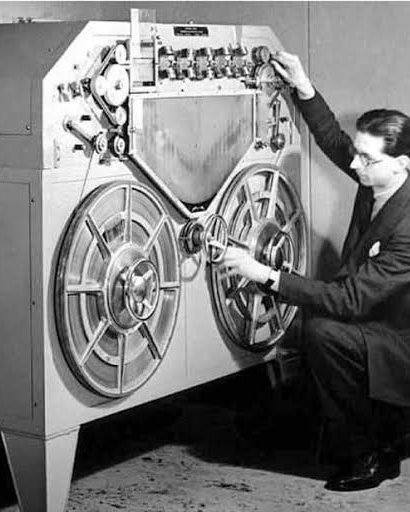
The Blattnerphone: A Pioneer in Magnetic Recording (1924)
In 1924, a groundbreaking invention forever changed the way sound could be recorded and reproduced — the Blattnerphone. Developed by Dr. Kurt Stille and Louis Blattner, this early magnetic recording device marked a significant leap forward in audio technology. At a time when phonograph records dominated the industry, the Blattnerphone introduced the revolutionary concept of recording sound onto steel tape, offering greater fidelity and flexibility than traditional discs.
The Blattnerphone quickly drew the attention of major broadcasters, including the BBC, which adopted the technology for recording and retransmitting programs. This capability proved vital for international broadcasts, allowing shows and news bulletins to be replayed across time zones — a remarkable achievement for the 1920s. For the first time, audio could be stored, edited, and shared without the limitations of fragile records.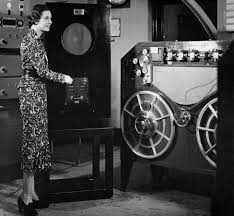
The use of steel tape gave the Blattnerphone superior sound quality and longer recording potential compared to shellac discs. Its recordings captured a wider range of frequencies, producing a more lifelike sound that brought listeners closer to the original performance. Yet, with innovation came challenges: the steel tape was heavy, prone to breaking, and expensive to produce. Maintenance and operation required precision, and only a few studios could afford or manage such complex equipment.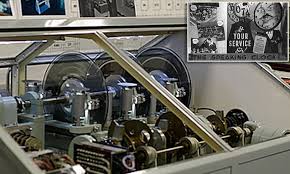
Despite its practical limitations, the Blattnerphone laid the foundation for the future of magnetic recording. It directly influenced the development of reel-to-reel recorders and, eventually, compact cassette tapes — technologies that would revolutionize the music industry, broadcasting, and home audio for decades.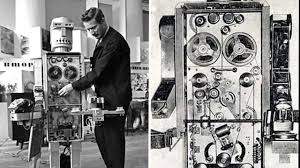
Though largely forgotten today, the Blattnerphone stands as a remarkable milestone in the evolution of sound technology. Its steel-tape mechanism symbolized the dawn of magnetic recording, bridging the gap between mechanical sound reproduction and the electronic era that would follow. In its spinning reels of steel, the world first heard the promise of modern audio — clear, durable, and capable of capturing history itself.